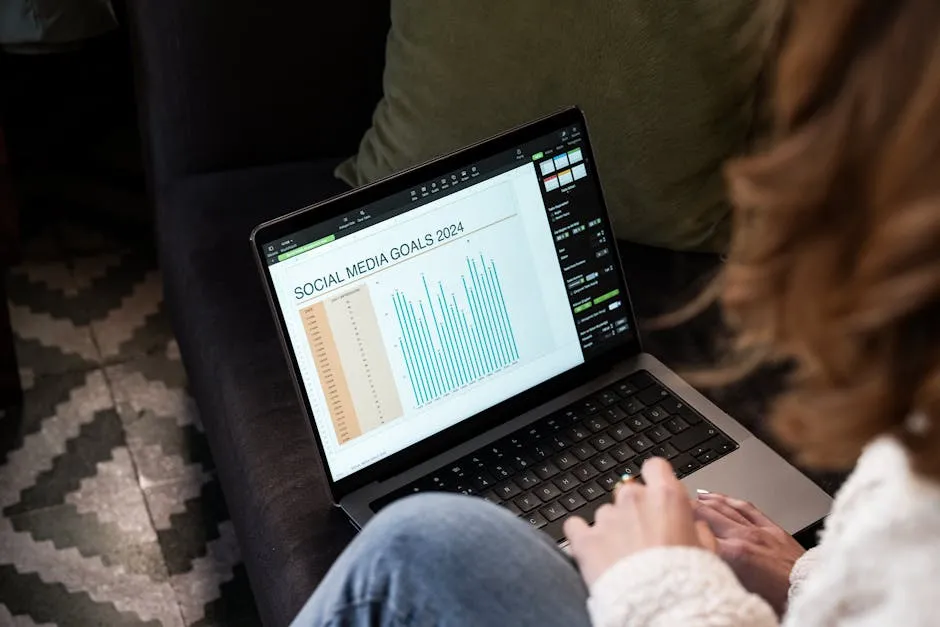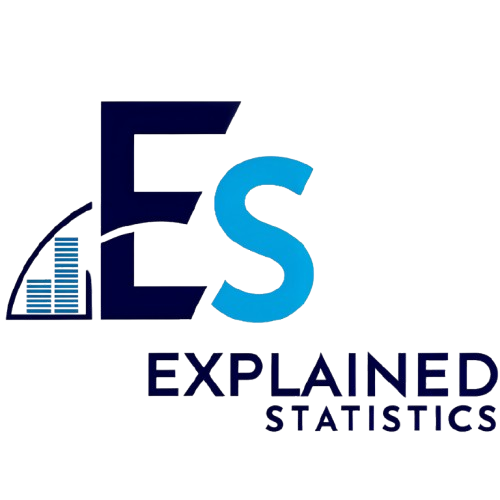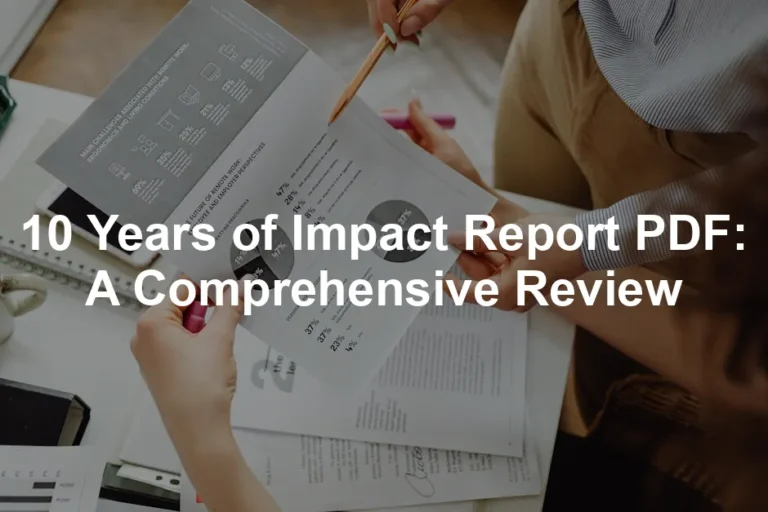Introduction
Overview of the Importance of Social Statistics
Social statistics are the lifeblood of understanding society. They provide quantitative data about social phenomena, helping us to decode the complex fabric of human interactions. Think of social statistics as the GPS guiding us through the ever-twisting roads of demographics, behaviors, and trends. They reveal patterns and nuances that might otherwise slip through the cracks, allowing researchers and policymakers to make informed decisions. Now, let’s talk about diversity. It’s more than just a buzzword; it’s the vibrant mosaic that characterizes modern society. Diversity encompasses a range of attributes including race, gender, ethnicity, class, and sexual orientation. Each of these elements plays a crucial role in shaping social statistics. By examining these diverse lenses, we can grasp how different groups experience life differently. The primary aim of this article is to shine a light on how social statistics can help us navigate the complexities of a diverse society. We will explore the interplay between social statistics and diversity, uncovering insights that can fuel effective policies and foster inclusive practices. In a world where the only constant is change, understanding the dynamics of diversity through data is essential. To dive deeper into statistical concepts, consider picking up Statistics for Dummies by Deborah J. Rumsey, which offers a fantastic overview of statistical principles.
Understanding Social Statistics
What are Social Statistics?
Social statistics refer to the collection and analysis of data related to human behavior and societal structures. They serve as the backbone of social research, offering insights into a multitude of issues from health disparities to education levels. By employing various statistical methods, researchers can identify trends, test hypotheses, and draw conclusions about societal behaviors. There are several types of social statistics. Descriptive statistics summarize data through measures like mean and median, while inferential statistics allow researchers to make predictions or inferences about a population based on a sample. Other forms include demographic statistics, which focus on population characteristics, and economic statistics, which analyze financial trends. Each type plays a vital role in painting a comprehensive picture of societal conditions. If you’re looking to enhance your understanding of these concepts, consider reading The Art of Statistics: Learning from Data by David Spiegelhalter. The purpose of social statistics is not merely academic; they have real-world implications. For instance, they can reveal disparities in healthcare access among different racial groups or highlight economic inequalities based on gender. Understanding these statistics is pivotal for addressing social issues and crafting policies that promote equity and justice. In today’s data-driven world, social statistics are more relevant than ever for those aiming to understand and improve societal dynamics.
The Role of Diversity in Social Statistics
Diversity isn’t just a checkbox on a form; it’s a critical concept in social statistics. It encompasses a range of variables such as race, gender, class, age, and more. Each of these categories influences how individuals interact with society and, consequently, shapes statistical data. By studying diverse populations, we can uncover unique patterns and insights that might otherwise remain hidden. The significance of analyzing diverse populations in social statistics cannot be overstated. It allows researchers to explore disparities and inequalities that affect different groups. For instance, examining gender differences in the workplace can reveal wage gaps and employment biases. Similarly, studying racial demographics in education can highlight achievement gaps and resource allocation issues. Want to learn more about these topics? Check out Naked Statistics: Stripping the Dread from the Data by Charles Wheelan. Moreover, understanding diversity in social statistics helps to inform public policy. When policymakers are equipped with data that reflects the realities of different groups, they can design more inclusive and effective programs. This can lead to improved social services, better educational opportunities, and more equitable economic policies. In a nutshell, diversity enriches social statistics, making them a powerful tool for understanding and addressing the complexities of society.
Measures of Central Tendency
When it comes to analyzing data, measures of central tendency play a starring role. These measures include the mode, median, and mean, each offering a unique perspective on the data set. Starting with the mode, it’s the value that appears most frequently in a data set. Imagine a party where everyone is wearing different outfits. If the majority shows up in red shirts, then red is the mode. It’s a handy measure for identifying trends, especially in diverse societies where specific groups might dominate certain data categories. Next up is the median. This is the middle value when the data is arranged in order. If you line up all your friends by height, the one standing in the middle spot is your median. This measure is especially useful in diverse populations, as it helps to mitigate the effects of outliers. A few exceptionally tall or short individuals won’t skew the median like they would the mean. To delve deeper into this topic, check out The Signal and the Noise: Why So Many Predictions Fail—but Some Don’t by Nate Silver. Then we have the mean, commonly known as the average. To find the mean, you sum up all values and divide by the total count. While useful, the mean can be misleading in diverse groups, particularly if there are extreme values. For instance, if a few high-income earners are clustered in a neighborhood, they can inflate the average income, masking the financial struggles of the majority.
For further insights into how these statistical methods are applied in finance, check out this statistical methods for finance professionals 2024 resource.
Measures of Variability
While measures of central tendency give us a glimpse of the average, measures of variability inform us about the spread of the data. They include the range, variance, and standard deviation, each unveiling different aspects of diversity within a dataset. Let’s start with the range. This is simply the difference between the highest and lowest values in a dataset. If you’re looking at income levels in a community, the range can highlight disparities. A wide range indicates significant inequality, while a narrow range suggests more uniformity. For a deeper dive into this subject, you might find Statistics: A Very Short Introduction by David J. Hand enlightening. Then there’s variance, which takes the concept a step further. It measures how far each number in the set is from the mean. In a diverse society, variance can reveal how widely spread out the experiences of different groups are. High variance means there’s a significant gap between the rich and poor, for example, while low variance suggests a more homogenous group.
The Normal Distribution
The normal distribution is a key concept in statistics, representing how data points are distributed around a mean. Picture a bell-shaped curve; that’s the visual representation of a normal distribution. Most values cluster around the average, with fewer extreme values on either side. One of the properties of the normal distribution is its symmetry. This means that the left side mirrors the right side, which is crucial when analyzing diverse populations. The assumption that many social phenomena follow this distribution allows researchers to apply various statistical techniques. To further explore this concept, consider reading Statistical Methods for the Social Sciences by Alan Agresti. In the context of social statistics, the normal distribution helps in understanding how different groups behave. For instance, if we assume that test scores in a diverse classroom follow a normal distribution, we can infer that most students are scoring around the average, with a few outliers on each side. This aids educators in identifying those who may need additional support or advanced challenges. Additionally, this distribution is vital in hypothesis testing. Many statistical tests, like the t-test or ANOVA, rely on the assumption of normality. If we can confirm that our data approximates a normal distribution, we can confidently use these tests to draw conclusions about our diverse populations.
Analyzing Data Through Bivariate Tables
Bivariate tables, also known as two-way tables, are essential tools in social statistics. They help researchers analyze the relationship between two categorical variables. These tables display data in a matrix format, allowing for easy comparison and interpretation. For instance, one variable might represent gender, while the other could indicate educational attainment. Imagine you’re at a party and you want to know if the punch is a hit among men and women. You create a bivariate table to see how many cups each gender fills. This simple approach helps reveal patterns in preferences. In the same way, researchers use bivariate tables to uncover insights in diverse populations.

Hypothesis Testing in Diverse Societies
Hypothesis testing is a cornerstone of social research. It involves making predictions about relationships between variables and then testing these predictions against real-world data. This process is crucial for drawing valid conclusions about diverse populations. At its core, hypothesis testing begins with formulating a null hypothesis. This hypothesis typically states that there is no relationship between two variables. For example, one might hypothesize that income level does not affect educational attainment. Researchers then collect data to test this hypothesis, often using statistical methods to determine whether to accept or reject it.

Regression and Correlation Analysis
Regression and correlation analysis are powerful statistical tools used to understand relationships between variables. While both techniques share similarities, they serve distinct purposes. Regression analysis helps predict the value of one variable based on another, while correlation measures the strength of the relationship between two variables. Let’s break it down. Regression looks at how changes in an independent variable impact a dependent variable. For example, researchers might use regression to examine how education level influences income. By analyzing data on individuals’ education and their corresponding incomes, researchers can create a model that predicts income based on education. This insight is vital for understanding economic mobility in diverse populations. For a comprehensive guide on regression techniques, check out Practical Regression and Anova using R by Julian J. Faraway. On the other hand, correlation analysis quantifies the degree to which two variables are related. A researcher might examine the correlation between hours spent studying and exam scores. If the correlation coefficient is high, it suggests that as study hours increase, so do exam scores. This information can inform educational strategies aimed at improving student performance across various demographics.

Real-World Examples of Social Statistics in Action
Social statistics serve as a powerful lens, magnifying issues of diversity and equality. Let’s look at some compelling case studies that utilize social statistics to shed light on disparities in educational attainment and gender wage gaps. One notable study focused on educational attainment among different racial groups. Researchers analyzed data from the National Center for Education Statistics. They found that Black and Hispanic students were significantly less likely to graduate from high school compared to their White peers. In fact, the graduation rate for Black students was about 20% lower than that of White students. This discrepancy raises critical questions about access to resources, quality of education, and systemic inequalities. Understanding these statistics helps stakeholders create targeted interventions, ensuring that all students have equal opportunities to succeed. If you want to explore the role of data in societal outcomes, consider reading Discovering Statistics Using IBM SPSS Statistics by Andy Field.


Summary of Key Insights
Social statistics play a pivotal role in understanding a diverse society. They provide a numerical glimpse into the lived experiences of various groups, revealing patterns, disparities, and trends. By crunching the numbers, we can identify who faces challenges and who thrives. This data is essential for shaping effective social policies, ensuring that the needs of all community members are considered. Imagine social statistics as the pulse of society. They tell us what’s working and what’s not. For instance, they can highlight educational disparities among different racial groups. This kind of insight prompts necessary discussions and actions for improvement. Furthermore, without accurate data collection, we risk making decisions based on assumptions rather than facts. If you’re interested in the statistical principles behind these insights, consider reading The Elements of Statistical Learning by Trevor Hastie. The need for ongoing research and data collection is vital. As society continues to evolve, so do the dynamics of diversity. New trends emerge, and populations shift. Consequently, social statistics must adapt to reflect these changes accurately. Regular updates and fresh research ensure that policymakers and social scientists remain informed. Moreover, incorporating diverse perspectives into research enhances the quality of social statistics. It’s not just about numbers; it’s about the stories behind them. By engaging with various communities, researchers can gather insights that might be overlooked otherwise. If you want to dive deeper into the art of data science, don’t miss The Art of Data Science by Roger D. Peng. In summary, social statistics are indispensable for understanding a diverse society. They inform social policies, highlight disparities, and help us advocate for equity. Continued research and data collection will ensure that we meet the needs of all individuals and foster an inclusive environment. As we move forward, let’s commit to valuing and utilizing social statistics to create a fairer society.FAQs
What is the main purpose of social statistics?
Social statistics aim to provide insights into societal issues. They help us understand the dynamics of various groups, allowing for informed decision-making. By analyzing data, researchers identify trends, disparities, and correlations that affect everyday lives. Ultimately, social statistics guide policies and practices that address social challenges.
How can social statistics help in policy-making?
Insights from social statistics directly inform policy decisions. By revealing the needs and challenges faced by diverse communities, they empower policymakers to craft targeted interventions. For instance, if data indicates a significant wage gap between genders, it prompts reviews of hiring practices and pay structures. This data-driven approach fosters equitable policies that genuinely support all citizens.
What resources are available for further learning about social statistics?
To deepen your understanding of social statistics, consider exploring textbooks like *Social Statistics for a Diverse Society* by Frankfort-Nachmias and Leon-Guerrero. Online courses on platforms such as Coursera or edX offer valuable insights into statistical methods. Additionally, academic journals like the *Journal of Statistics Education* provide current research and discussions on social statistics, enhancing your knowledge in this vital field.
All images from Pexels




